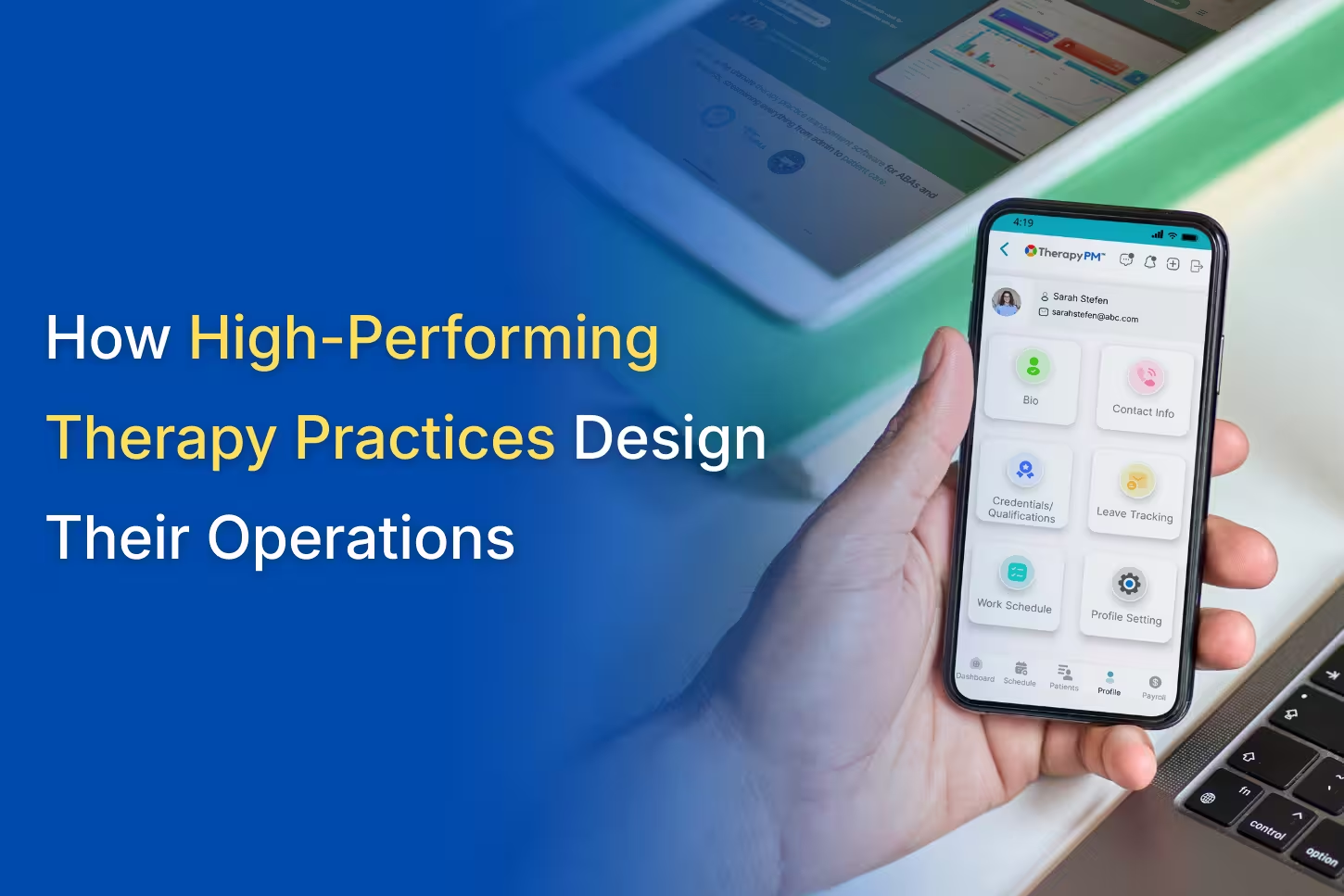
Make Pediatric Therapy Sessions Engaging and Fun With These Innovative Techniques
Have you ever found yourself struggling to keep a child’s attention during therapy sessions? In our digital age, it’s no secret that kids are drawn to screens and devices. As therapists, we often find ourselves competing against the allure of smartphones, tablets, and the ever-present world of digital distractions. But what if we could harness the power of technology to our advantage?
Imagine being able to captivate your young clients’ attention and foster an environment conducive to growth and progress.
Quite surprising?
Stay tuned as we explore innovative approaches that seamlessly integrate engaging digital elements into the therapeutic process, ensuring your pediatric therapy clients remain fully engaged throughout their sessions.
Key Takeaways
- Children being distracted in therapy sessions leads to disengagement, hindering progress and undermining the effectiveness of the therapeutic process.
- Embrace innovative digital tools and technologies as effective solutions to captivate children’s attention and create an immersive, engaging therapeutic environment.
- Leverage gamification, virtual reality, and interactive multimedia to transform therapy sessions into interactive, rewarding experiences that foster motivation and progress.
Importance of Engagement in Pediatric Therapy
Fostering Cognitive and Emotional Development
- Engaged children readily absorb and process information. They form connections that contribute to their cognitive and emotional growth. Disengaged children miss out on valuable lessons and opportunities for development.
Building Trust and Rapport
- A strong therapeutic relationship is built on trust and rapport. Engaged children feel comfortable and safe to share their thoughts and feelings. This allows therapists to deeply understand their needs and tailor approaches accordingly.
Enhancing Motivation and Participation
- Engagement drives motivation and active participation. Captivated children wholeheartedly embrace therapy activities and exercises. This leads to better skill development and goal achievement.
Facilitating Self-Expression
- When engaged, children express themselves more freely. They communicate their needs and provide feedback effectively. This feedback enables therapists to refine and personalize therapeutic approaches.
Promoting Long-Term Success
- Consistent engagement during therapy translates to better retention of learned skills. Children can then apply these skills in real-life situations, ensuring long-term success and progress.
Perils of Disengagement in Pediatric Therapy
- When pediatric therapy clients are disengaged, it can have far-reaching consequences that undermine the effectiveness of the therapeutic process
Diminished Learning and Skill Development
- Disengaged children struggle to absorb and retain valuable lessons, hindering their ability to acquire new skills and knowledge crucial for their growth and development.
Lack of Progress and Goal Achievement
- Without active participation and involvement, disengaged children make little to no progress, failing to achieve the targeted therapeutic goals set for their specific needs.
Strained Therapeutic Relationship
- Disengagement can create a rift in the therapeutic relationship, eroding the trust and rapport between the child and the therapist, which is essential for effective communication and collaboration.
Emotional Disconnect and Behavioral Issues
- Disengaged Children may experience emotional disconnection, leading to frustration, lack of motivation, and even behavioral problems. This further complicates the therapeutic process.
Wasted Resources and Missed Opportunities
- Disengagement during therapy sessions represents a waste of valuable resources, including time, effort, and financial investments, while also missing opportunities for meaningful progress and positive outcomes.
Innovative Approaches to Engage Pediatric Therapy Clients
Gamification
- Design therapy activities as games or challenges with achievable goals, rewards, and feedback systems
- Tap into children’s natural desire for play and competition, making learning and skill development engaging
- Create an interactive and rewarding experience that keeps children motivated
Virtual Reality (VR) and Augmented Reality (AR)
- Transport children into simulated environments tailored to their therapeutic needs
- Practice social skills in a virtual playground, confront phobias in a controlled setting
- Explore educational concepts through interactive 3D models for an immersive learning experience
Interactive Multimedia
- Leverage touchscreens, motion sensors, and digital storytelling platforms
- Encourage participation in interactive exercises, character control, and narrative creation
- Foster creativity, self-expression, and engagement throughout the therapeutic process
Personalized Digital Platforms
- Design platforms catering to each child’s unique needs, interests, and learning styles
- Incorporate adaptive learning algorithms, customizable interfaces, and tailored content
- Ensure therapy sessions are tailored to individual preferences and abilities for enhanced engagement
Data Analytics and Real-Time Feedback
- Integrate data analytics and real-time feedback mechanisms
- Gain valuable insights into a child’s progress, engagement levels, and areas requiring attention
- Enable continuous refinement and personalization of therapy approaches, keeping children motivated
Addressing Potential Challenges and Concerns
While innovative approaches hold immense potential for engaging pediatric therapy clients, their implementation may present certain challenges and concerns that need to be addressed proactively.
Some of them include:
Technology Limitations
Ensuring access to the required hardware, software, and technological infrastructure can be a hurdle, especially for smaller practices or those with limited resources. Therapists need to explore cost-effective solutions, seek external funding, or collaborate with technology partners to overcome these limitations.
Data Privacy and Security
Incorporating digital tools and platforms into therapy sessions raises concerns about data privacy and security. Therapists must implement robust data protection measures, comply with relevant regulations, and obtain appropriate consent from parents or guardians to ensure the responsible and ethical use of these technologies.
Resistance to Change:
Some parents may be hesitant to embrace digital approaches, preferring traditional methods. Addressing these concerns through education, clear communication, and demonstrating the benefits of these innovative approaches can help alleviate resistance and foster a more open mindset.
Training and Professional Development
Effectively integrating digital tools into therapy sessions requires specialized training and professional development for therapists. Ongoing workshops, tutorials, and access to best practices can equip therapists with the necessary skills and knowledge to leverage these technologies effectively.
Final Thoughts
Why settle for the ordinary therapeutic experience when you can unlock extraordinary possibilities? It’s time to embrace innovation and step into the captivating digital playground. Harness gamification’s allure, immerse clients in virtual worlds, and empower them through interactive storytelling.
Watch their eyes light up as they conquer challenges and master skills through rewarding, imaginative adventures. With the right digital tools, transform sessions into engaging experiences fostering growth and a love for learning.
Ignite their imagination and pave the way for unparalleled therapeutic outcomes.
Ready to elevate your therapy practice to the next level? Join TherapyPMS today – start your 30-day free trial now!




